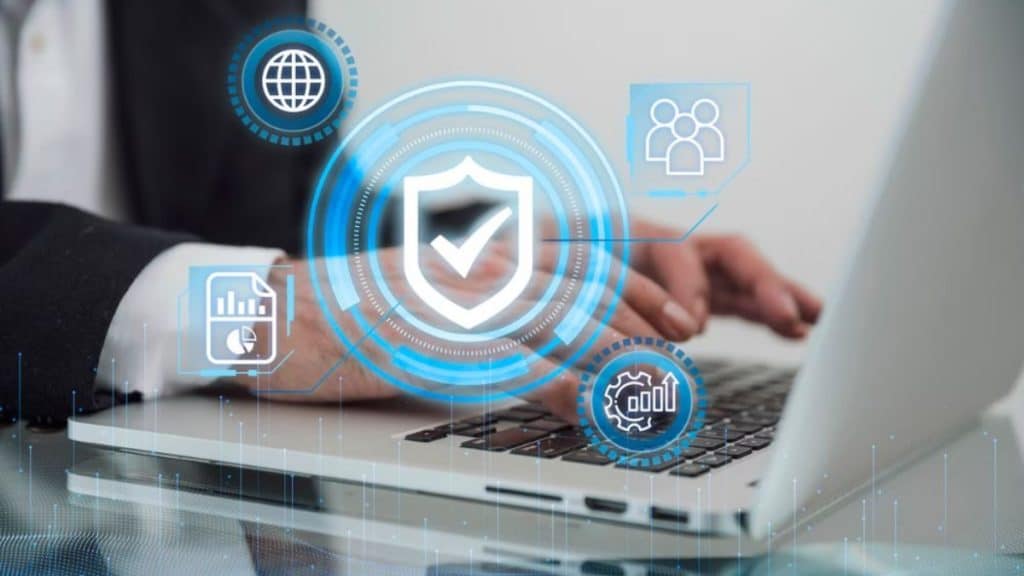Data security management stands as a paramount concern for businesses and individuals alike. With the proliferation of cyber threats and the increasing value of data, safeguarding sensitive information has become imperative. How can you ensure that your data is safe? Here’s what you need to know.
Understanding the Threat Landscape
Cybercriminals continually devise sophisticated techniques to breach data defenses, ranging from phishing scams to malware attacks. Moreover, the advent of technologies like cloud computing and IoT has expanded the attack surface, necessitating comprehensive security measures. Organizations must grasp the dynamic nature of cyber threats and adapt their security strategies accordingly.
Implementing Multi-Layered Defenses
Effective data security management demands a multi-layered approach, combining technical solutions with robust policies and procedures. Encryption, firewalls, and intrusion detection systems form the backbone of technical defenses, while regular security audits and employee training reinforce the human element. By layering defenses, organizations create multiple barriers that deter potential attackers and mitigate the impact of breaches.
Compliance and Regulatory Standards
In addition to safeguarding against external threats, organizations must navigate a complex landscape of compliance and regulatory standards. Industries such as healthcare and finance are subject to stringent regulations like HIPAA and GDPR, which mandate specific data protection measures. Adhering to these standards not only minimizes legal liabilities but also fosters trust among customers and stakeholders.
Embracing a Culture of Security
Data security is not solely the responsibility of IT departments; it is a collective effort that requires participation at all levels of an organization. By fostering a culture of security awareness, companies empower employees to recognize and report potential threats proactively. Regular training sessions, simulated phishing exercises, and clear communication channels contribute to a vigilant workforce capable of defending against evolving threats.
The Role of Emerging Technologies
As the threat landscape evolves, so too must the tools and technologies used to combat cyber risks. Artificial intelligence and machine learning algorithms offer promising capabilities for detecting anomalies and identifying potential security breaches in real-time. Similarly, blockchain technology holds the potential to revolutionize data security by providing immutable and decentralized ledgers that enhance transparency and trust.
Continuous Monitoring and Incident Response
Effective data security management extends beyond preventive measures; it encompasses continuous monitoring and swift incident response capabilities. Proactive monitoring allows organizations to detect suspicious activities or unauthorized access attempts in real-time, enabling timely intervention to mitigate potential damage. Additionally, establishing a robust incident response plan ensures that in the event of a security breach, stakeholders know their roles and responsibilities, facilitating a coordinated and effective response to contain the incident and minimize its impact.
Data Privacy and Confidentiality
Central to data security management is the protection of privacy and confidentiality. Organizations must prioritize the ethical and responsible handling of sensitive information, ensuring that data is accessed, processed, and stored securely throughout its lifecycle. This entails implementing access controls, data encryption, and anonymization techniques to safeguard against unauthorized disclosure or misuse of personal or proprietary data. Upholding the principles of privacy not only fosters trust with customers and partners but also helps organizations comply with regulatory requirements.
Vendor and Supply Chain Security
In an interconnected ecosystem, the security posture of third-party vendors and supply chain partners can significantly impact an organization’s overall resilience to cyber threats. Therefore, it is essential for companies to vet their vendors rigorously and establish clear security expectations through contractual agreements and service level agreements (SLAs). Regular audits and assessments of vendor security practices help mitigate risks associated with outsourcing and ensure that partners adhere to the same high standards of data security.
Investing in Cyber Insurance
As cyber threats evolve in sophistication and frequency, organizations are increasingly turning to cyber insurance as a means of mitigating financial losses associated with data breaches and cyberattacks. Cyber insurance policies typically cover expenses related to breach response, including forensic investigations, legal fees, and customer notification costs, as well as liability for third-party damages. By investing in cyber insurance, organizations can transfer some of the financial risks associated with cyber incidents, providing an additional layer of protection and peace of mind in an unpredictable threat landscape.
Safeguarding the Digital Future
In conclusion, robust data security management is indispensable in an era defined by digital transformation and ubiquitous connectivity. Organizations must adopt a proactive stance towards protecting sensitive information, leveraging a combination of technical defenses, compliance frameworks, and cultural initiatives. By embracing emerging technologies and fostering a culture of security awareness, businesses can fortify their defenses against cyber threats and safeguard the digital future for generations to come.
